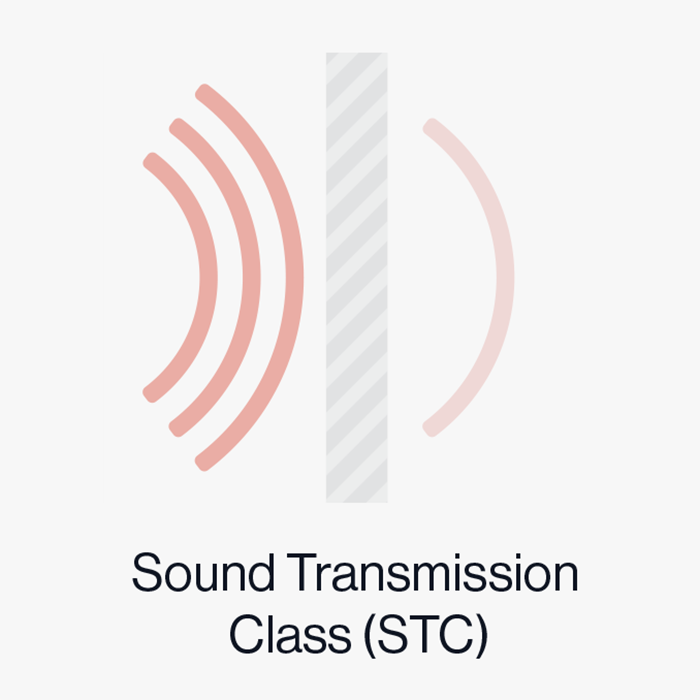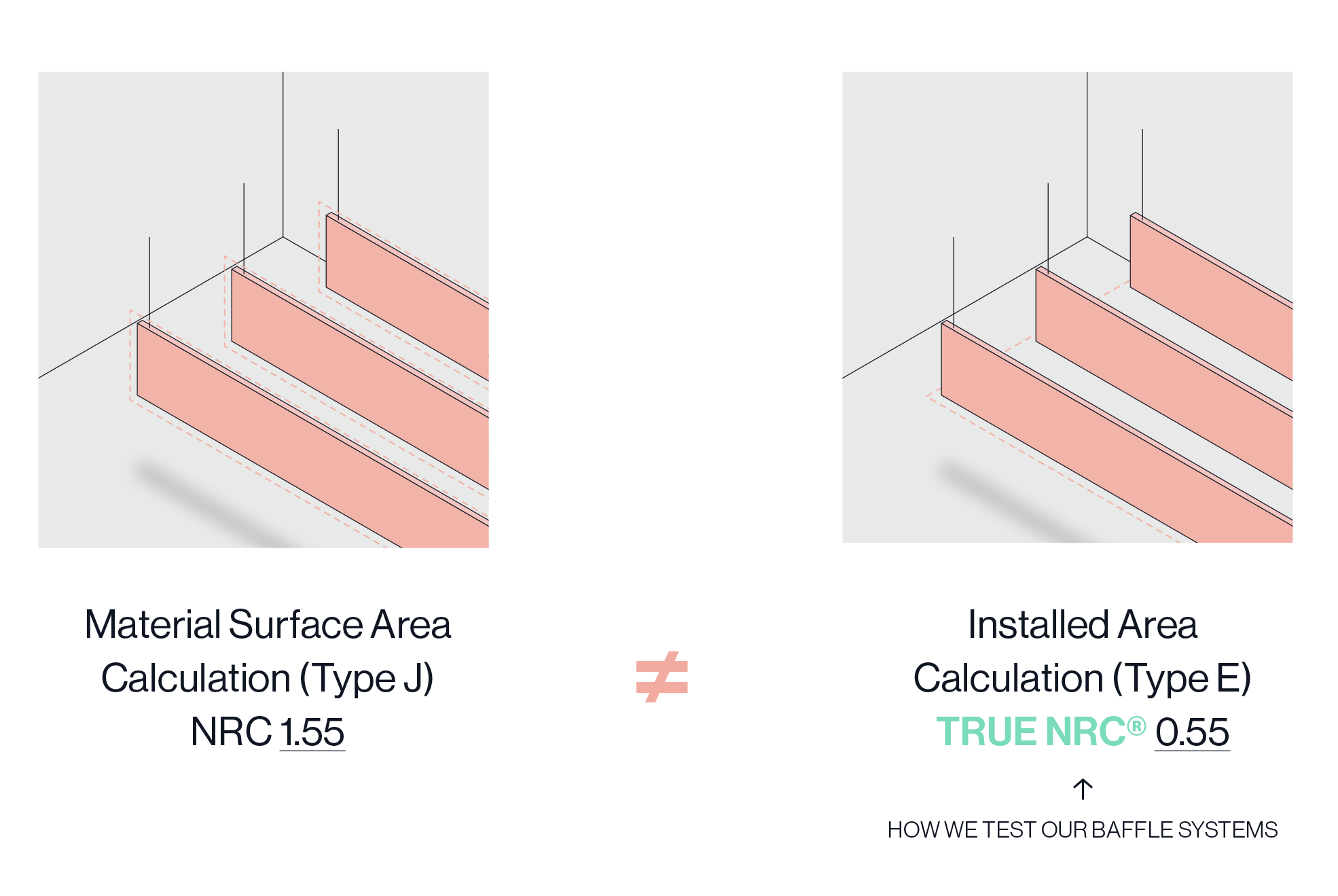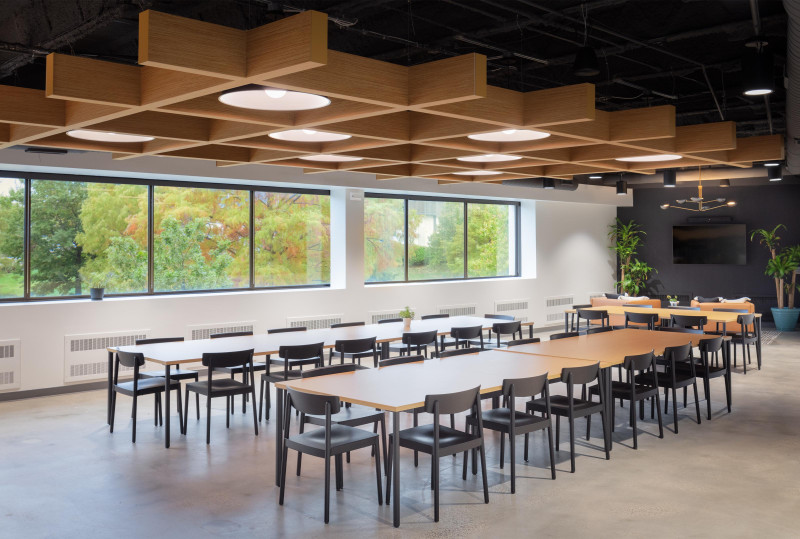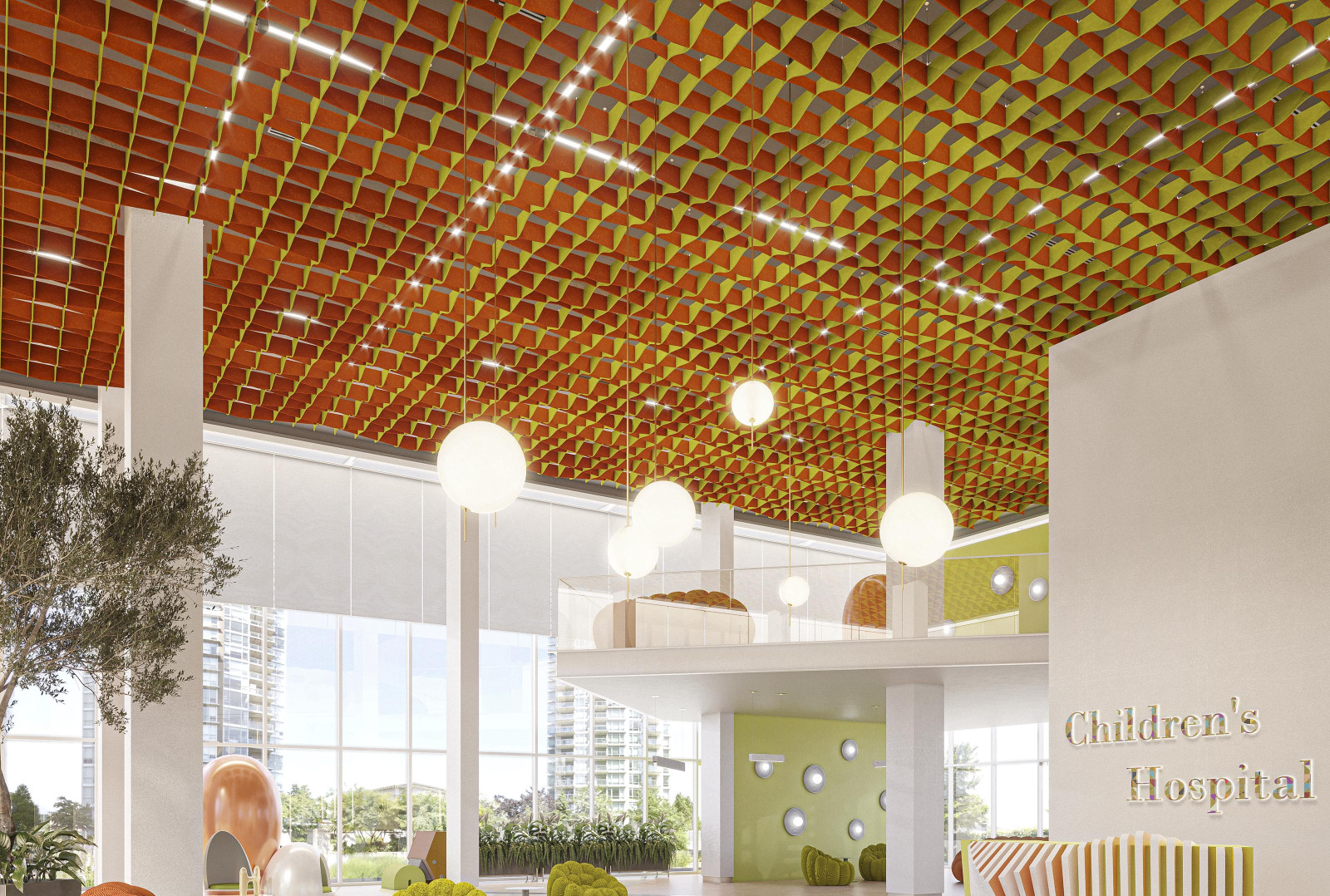As the manufacturing world continues to innovate and apply fresh understanding to traditional sectors of the economy, the opportunities and options for consumers equally rise in turn. One such area of continued innovation is in the world of acoustics.
Whether it be hobby and professional studios, venues or offices, acoustics are now receiving lots of attention surrounding how a space can optimally contain, pronounce or equalize the sounds emanating from various sources within. In other words, the ability to more precisely control sounds leads to a host of benefits.
This concern for appropriately controlling sound within an interior space has led acoustic solution manufacturers to test their creations to see if they achieve the intent of their design. Once innovation reaches a certain level of technicality, the ability to translate the complexity to customers in a meaningful way is critical. The design needs to encourage customers to adopt the product.
Often, the best way to do this is to set industry standards that all manufacturers are required to meet. When it comes to acoustic solutions for interior commercial spaces, the Sound Transmission Class (STC) and the Noise Reduction Coefficient (NRC) rating are two important acoustical ratings in the industry. Another standard to measure sound control is CAC (Ceiling Attenuation Class), which gauges how effectively a ceiling system prevents sound transmission between rooms through a ceiling plenum. Because Arktura’s products are perforated for design and acoustic absorption purposes, they are not designed to block sound; for that reason, we do not provide CAC performance ratings. Let’s take a closer look at what STC and NRC ratings entail and how they differ before diving into a proprietary measure that Arktura uses, True NRC.
Sound Transmission Class (STC)

A Guide to True NRC™ Acoustic Rating
STC is a rating given to wall assemblies that measures how well the assembly keeps sound from escaping into an adjacent space. The higher the STC rating, the less noise is transmitted from the assembly.
As an example, let’s take a typical single-pane window and a masonry wall. While neither of these materials is useful for absorbing acoustics with a high degree of accuracy, they still have an STC rating:
- Single-pane window STC rating = 25
- Masonry wall STC rating = 60
This means that the single-pane window allows much more sound to transmit beyond the window than the masonry wall. If one were to speak at the same volume to someone on the opposite side of the material, the person on the other side of the window could hear the person inside fairly clearly. If they were separated by a masonry wall, however, the person beyond might not hear anything at all.
In general, STC defines how much sound a material will transmit outside of the space. This is important for understanding whether a material will be a good fit in an environment where acoustic control is critical.
That said, when designing such an environment, STC is only one part of the equation. Manufacturers use another rating, NRC, to properly select the right material, its assembly and its positioning in order to control the amount of sound that exists in a space.
Noise Reduction Coefficient (NRC)
Perhaps one of the most important rating when it comes to acoustics is the Noise Reduction Coefficient, also known as NRC. The NRC is a measurement based on the buildup of noise within a space, the absorptive qualities of the acoustic materials and how they’re mounted within that space. The NRC is calculated based on the mid-frequency sound absorption coefficients — 250, 500, 1000 and 2000hz.
Let’s look at an example.
If an acoustic material has an NRC rating of .70, this means that theoretically 70% of the sound it comes in contact with will be absorbed, and the remaining 30% will be reflected back into the space. In addition to understanding how much sound a material will transmit away (the STC rating), the NRC is used to see how well an acoustic material assembly will perform at keeping a given space quiet and reducing echoes.
Risks of NRC Ratings
When it comes time to select the correct product to maximize acoustic performance in designs, the NRC is a critical rating for customers. Unfortunately, while the NRC rating calculation is standardized, how manufacturers come to their results is not governed well. Loopholes exist to skew the numbers, letting products appear more effective than they truly are.
To combat the nebulous nature of current NRC testing protocols, our team at Arktura has developed what we call TrueNRC™. This provides customers with acoustic materials that precisely meet their space’s needs.
TrueNRC®
Here at Arktura, we have launched our initiative and commitment to verify that the NRC rating we give our products is truthful and accurate. When designing the acoustics for a large space, this accuracy of the rating is critical for achieving the intended effect. TrueNRC™ pairs realistic conditions with realistic frequencies based on typical speech patterns.
Let’s take a look at an example of NRC testing.

A Guide to True NRC® Acoustic Rating
Three baffles are lined up in a row, and we want to determine the NRC rating of this configuration. On the left, the manufacturer has decided to use the material surface area to calculate the NRC of the material. While this is technically accurate, the rating is only applied to the material and not to the material and its configuration. Because of this, the NRC rating given to customers is 1.55.
On the right, Arktura has calculated the True NRC rating based on the product spacing and the installed area. The resulting True NRC rating is 0.55, or ⅓ the rating of the setup on the left. This is a truthful configuration, as it considers all of the needed factors.

“McDean” Tyson, VA, Perkins + Will, Halkin Mason Photography. Featuring SoundEdge® by Arktura
As one can see from the great difference in NRC and True NRC rating, it is absolutely critical for a customer to know the accurate calculation when designing an acoustically controlled space.
Trust in Arktura to Deliver TrueNRC® Ratings for Your Space

“First Mortgage” Kansas City, MO, Clockwork, Thompson Photography. Featuring SoftSpan® 48 by Arktura
Modern builders and designers want to offer their customers all the benefits of acoustic sound design — and this all starts and ends with precise ratings. While the NRC rating is a critical component of this undertaking, the correct value for the given space and assembly needs to be included.
Our innovators, designers, architects, and engineers at Arktura have developed this reality based rating method to provide customers with the most precise value possible — the TrueNRC® rating.
If you’re looking to design a space with acoustic materials and their systems, contact us today to make use of our technical know-how and our honesty regarding the performance of our products.






